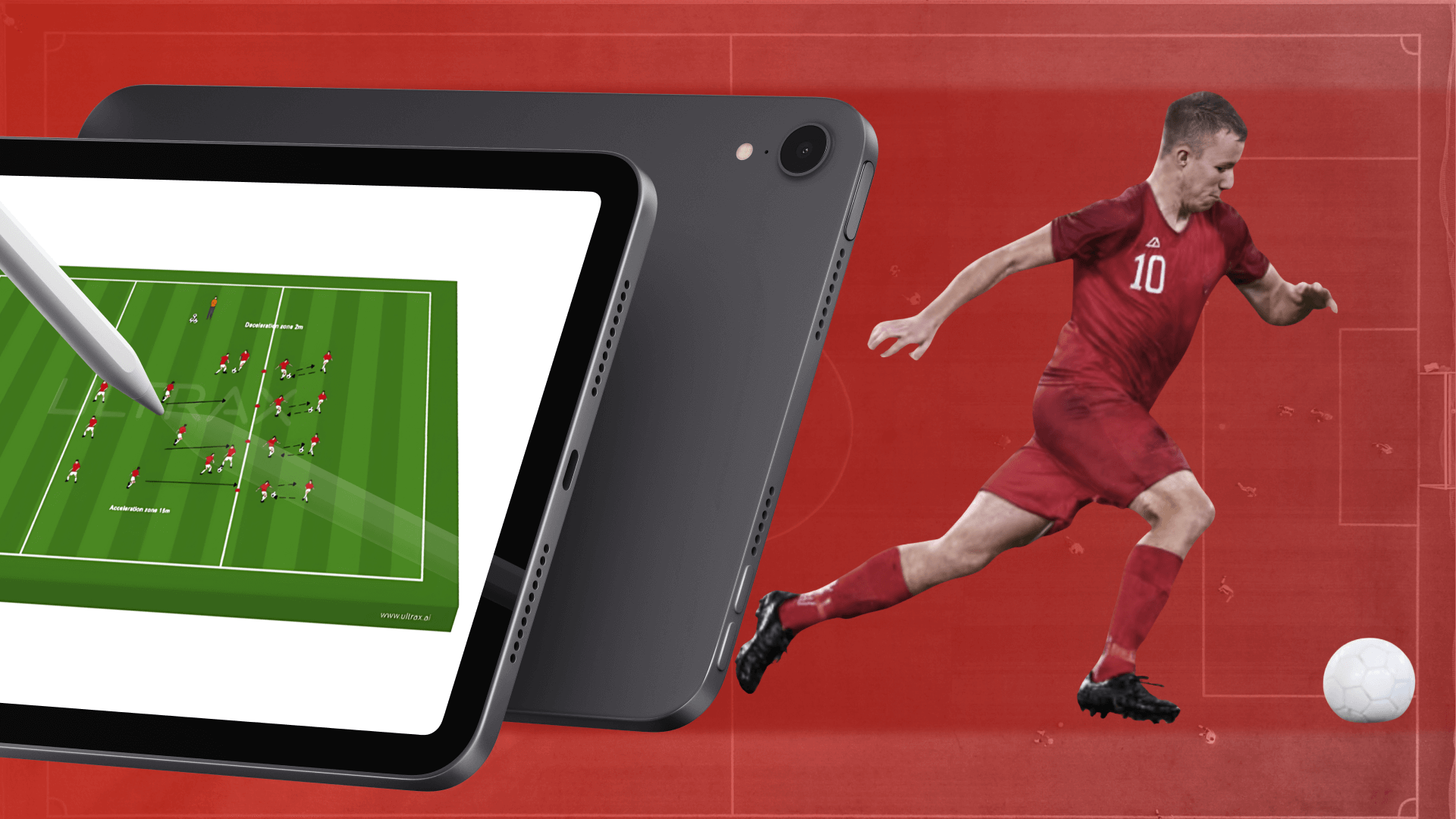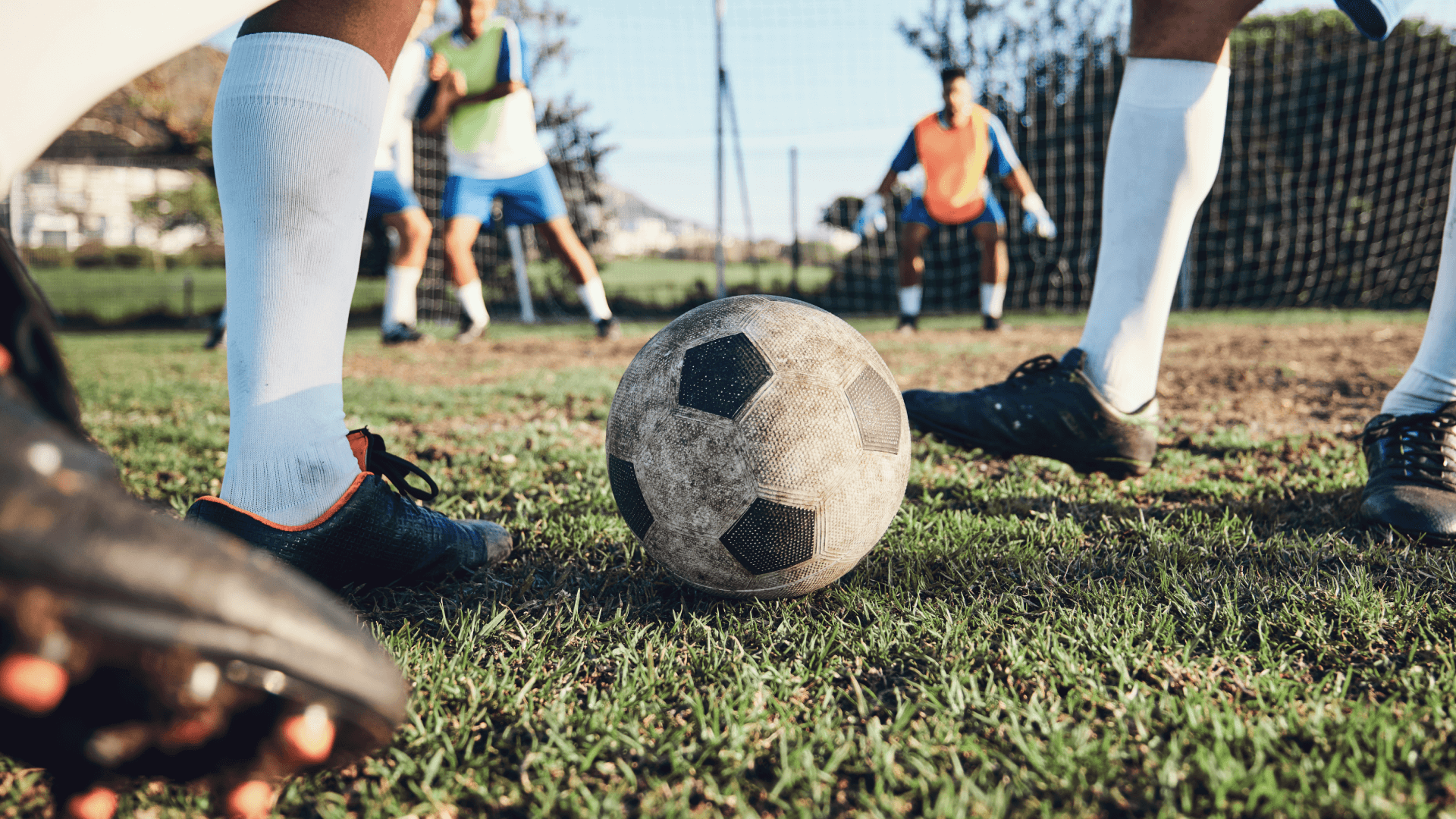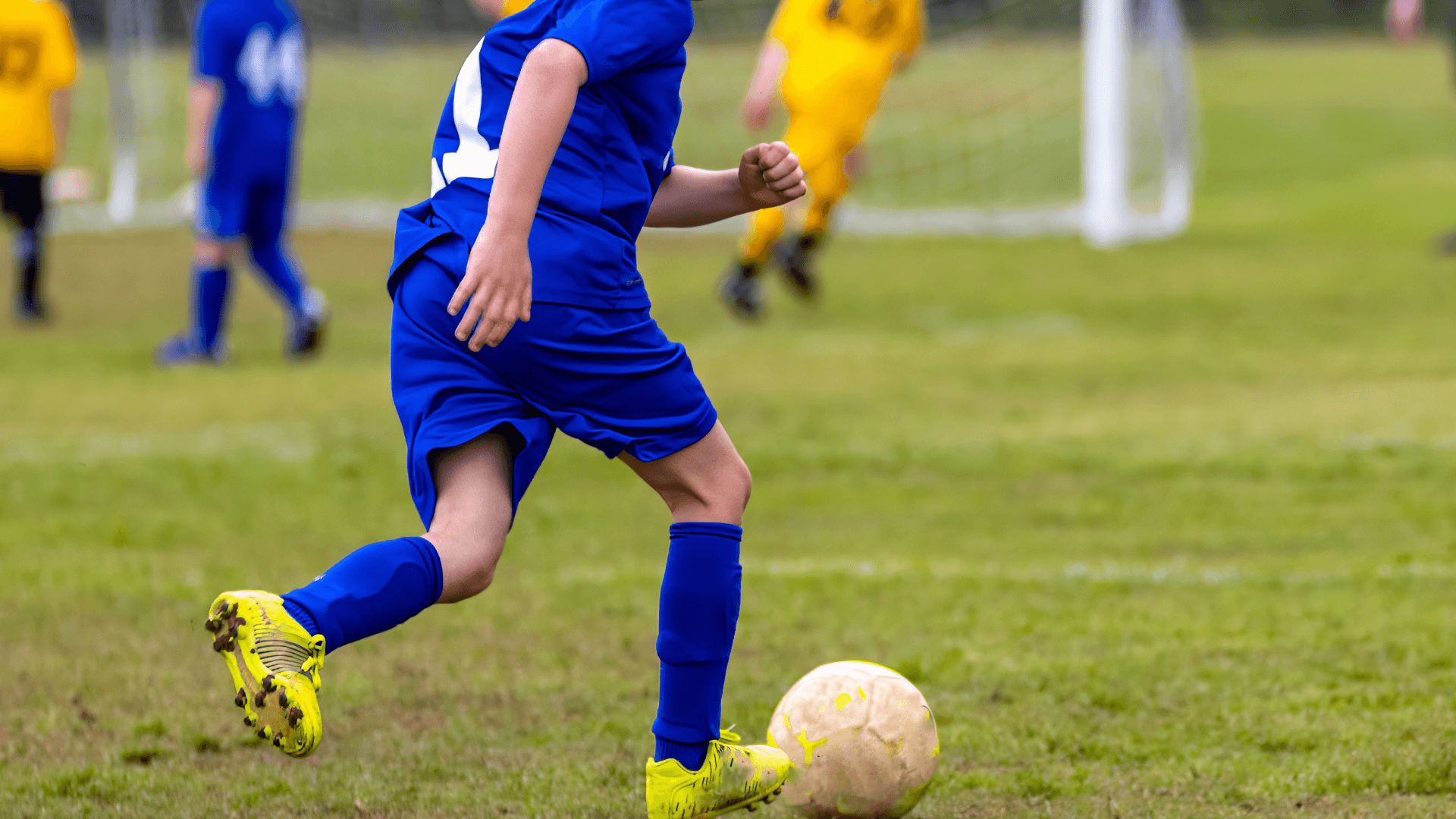In team sports like football, Strength & Conditioning (S&C) coaches typically have the first 15 minutes of a session to work directly with players. At first glance, 15 minutes may seem like too short a period to make an impact. However, when you multiply those 15 minutes by 7 days per week, 30 days per month, and approximately 300 days per year, it becomes clear that—with creativity and organization—we can achieve a lot.
Additionally, we must not overlook gym activation before the session and post-training work, which provide extra opportunities to enhance player development.
While one of our primary responsibilities is to prepare players for the main part of training, I believe we can do more than just a warm-up. We have the chance to develop players, improve their physical qualities, and contribute meaningfully to their performance. However, it is important to remember that we are assistant coaches, and the main part of the session remains the priority.
My Approach to Warm-Ups
Gym Activation (15 minutes):
- Raise body temperature – Usually done via a stationary bike.
- Individualized preparation – This includes foam rolling, mobility work, activation, and injury prevention. While I sometimes apply this generally to the whole team, I prefer an individualized approach whenever possible.
- Specific activation – Depending on the focus of the session, this may include strength, power, or velocity-based activation. Sometimes, no specific activation is necessary.
Pitch Warm-Up (15 minutes):
- The structure of the warm-up depends on the main part of training.
- Sometimes, balls are included; other times, they are not.
- The day within the microcycle also influences the warm-up content.
- General physical preparation:
- Resisted sprints
- Maximum velocity sprints
- Progressive sprint work
- Wicket runs
- Decelerations
- Change of direction drills (CODs)
By utilizing this structured approach, we ensure that warm-ups serve not only as a preparation tool but also as an opportunity to enhance physical qualities that translate directly into improved match performance.
Position-Specific Physical Preparation in Football Training
Sometimes, after the general warm-up and physical preparation, my role is done, and players move on to the main part of training. However, when time allows, I like to take a position-specific approach to physical preparation.
I always ask myself: “What can I do to make my players better on the pitch?”
Each player has different physical demands based on their position and playing style. For example:
- Some players benefit more from bilateral jumps, while others need unilateral jumps.
- Certain players require acceleration over 10 meters from a standing start, while others need 20-meter flying sprints.
- Some players perform more curved sprints, while others frequently sprint after a deceleration and sharp turn.
- What happens after acceleration? A shot, a sliding tackle, a jump?
These small details make a big difference, and they are crucial when designing position-specific conditioning drills.
Game-Inspired Training Approach
I watch a lot of games, both our own matches and top-level football, often discussing with our club analyst how we can improve our team physically, technically, and tactically. From these observations, I take real match situations and replicate them on the pitch under maximum physical demands.
By doing this, players develop specific adaptations to the demands they actually face in matches—helping them improve in the exact areas they need for competition.
Example 1: MD+3 Training Session
On MD+3, our main session included intensive possession drills with short-distance transitions and small-sided games (SSG). This meant a high physical demand with lots of:
Decelerations
Accelerations
Changes of Direction (CODs)
So, for position-specific work, I designed drills based on what happened in the last match:
- Midfielders → Focused on quick turns with the ball (we struggled with switching play in the match). They reacted fast, sprinted, turned, and chased a second ball.
- Defenders → Accelerated, decelerated, turned, and accelerated again to protect the goal.
- Attackers → Made a curved acceleration after a back pass, then a quick COD and first-touch shot from a back pass.
Technical, tactical, and physical goals all in one drill.
Each player did 1 set of 4 reps.
This drill is also useful in Return-to-Sport (RTS) and compensation sessions, where I typically increase sets and reps.
Example 2: Sprint & Shot Under Pressure (MD-3 or Compensation Session)
In this session, the physical goal was to hit a sprint speed of 25+ km/h. The drill also had:
Technical focus – A shot under pressure.
Tactical focus – Attacking space and making aggressive runs into the box as a midfielder.
This is a drill we usually do on MD-3, or as part of a compensation session when the goal is to achieve sprint distances.
Reps & Sets → 1-2 sets, 4-6 reps, depending on the specific goal of the session.
The Bigger Picture
By incorporating position-specific training in warm-ups and microcycle planning, we can:
Improve physical qualities in a way that directly transfers to match situations.
Address weaknesses we observe in real games.
Ensure players train under realistic match demands.
I believe conditioning drills, the main part of training, and video analysis should all work together to make players better. This integration is key to maximizing player development.



